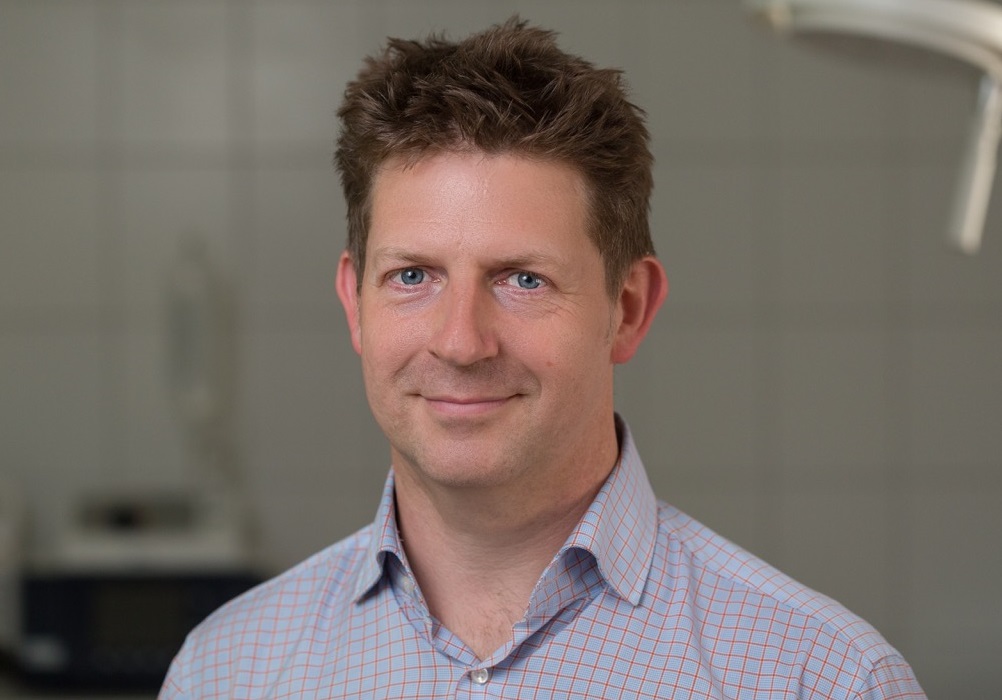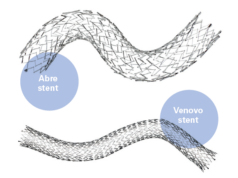
Endovenous adhesive closure systems are a useful adjunct to thermal ablation treatment for varicose veins, but it is vital that the possible side-effects of such treatments are discussed openly with patients pre-procedurally, according to a presentation at the European Venous Forum (EVF; 29 June–1 July, Porto, Portugal).
Tobias Hirsch (Halle, Germany) gave the presentation, telling delegates that cyanoacrylate has been used as an adhesive in medicine with various chemical derivatives since the 1960s, treating nerve lesions, wound closure, gastrointestinal bleeding, and for intravascular use (since 1989). The first adhesive device to treat varicose veins—VenaSeal (Medtronic), with application of cyanoacrylate adhesive via a catheter—was introduced in 2011.
Thermal ablation, recommended by both the 2011 US American Venous Forum guidelines and the 2013 UK NICE guidelines, is now a standard treatment for varicose veins. The published literature indicates that high occlusion rates can be achieved at three years (with rates reported at 93% for laser ablation and 93.2% for radiofrequency ablation, compared with 93.5% for stripping) and five years (laser ablation 84.8% and radiofrequency ablation 88.7%). Hirsch noted that a 2014 review concluded, “Current data suggest that foam sclerotherapy and endovenous ablation (laser and radiofrequency) have similar outcomes to open surgery involving high ligation and stripping.” This success has led to a wide range of devices, of which Hirsch identified 12 for laser ablation and three for radiofrequency ablation, as of 2016.
Despite these successes, thermal ablation can have side effects, including pain and the risk of small saphenous vein damage of the sural and tibial nerves and resultant paraesthesia and numbness. Existing studies report paraesthesia in 5–10% of laser and radiofrequency ablation cases, with one 2014 study (Park et al) claiming a radiofrequency ablation paraesthesia rate of as high as 26%.
Adhesive closure has been found to be tissue-compatible “in thousands of patients,” Hirsch said, with no indications of carcinogenity. With no tumescent anaesthesia, this approach causes a low amount of pain and no nerve damage. Furthermore, Hirsch said, high occlusion rates following adhesive closure have been reported; 92% at 24 months in the feasibility study, 93% at 24 months in the eSCOPE study, and 94.4% at 36 months in the VeClose study.
The VeClose study also indicated that this is an easy technique to learn, with first-time operators in a roll-in study achieving 100% (n=19) complete occlusion by the third month, compared with 95.4% (n=103) of radiofrequency ablation closures. That this method requires no additional devices, Hirsch suggested, is another benefit.
Discussing the cons associated with this approach, Hirsch did note that there is a more notable learning curve when using adhesive closure in the sapheno-femoral junction, which is “a little bit tricky”.
The implant used in this procedure “is something we have to talk about with our patients,” Hirsch said, as there have been concerns over histotoxicity, and implants take “years” to be reabsorbed. Phlebitis-like skin reactions have been reported in the literature, at a rate of up to 20% (in the WAVES trial).
Acrylates are known to cause allergic reactions. All the published case reports focus on contact eczema, which is a type IV allergic reaction. “The bad news is that the only way to treat a type 4 allergic reaction is to remove the implant, which is tricky due to its length,” Hirsch said. The generalised skin affections observed after varicose treatment are hives and itching which is typical for histamine dependency—a type I allergy. This can be treated using steroids and antihistamines. Skin changes like these are seen in 1–2% of cases, Hirsch continued.
“The disadvantages of the adhesive closure approach include the fact that treatment of the junctions requires some training, even though the treatment is easy to learn. It is necessary to inform patients about possible allergic skin reactions and how to treat these, and if your patient does not wish to get an implant, you will have to choose another treatment. At the moment, the costs are also a little higher than other procedures, which may cause issues with insurance and reimbursement.”
Hirsch concluded, “The pros of adhesive closure make it an effective add-on to thermal varicose vein treatment. It is important that the cons of this approach are discussed preoperatively.”












